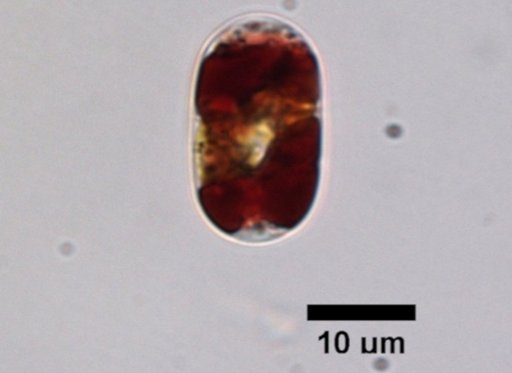
On satellite images, a large dark zone extending over more than 100,000 km2 can be seen on western margin of the Greenland Ice Sheet. A significant portion of this darkening, which substantially increases ice sheet melt, can be attributed to glacier algae living on the ice surface. Mesotenium berggrenii, a microorganism that is perfectly adapted to survive the harsh condition son the Greenland Ice Sheet, is one of the most abundant glacier algae. To protect themselves from the high irradiances experienced on the ice, the algae pack their cells with high amounts of a deep purple pigment, so called Purpurogallin, which serves as a natural sunscreen.
The Cryo-Microbiology Group aims to reach a deep mechanistic understanding of the factors promoting the algae's growth and their pigment production, helping to reveal their true role for the darkening of the ice.